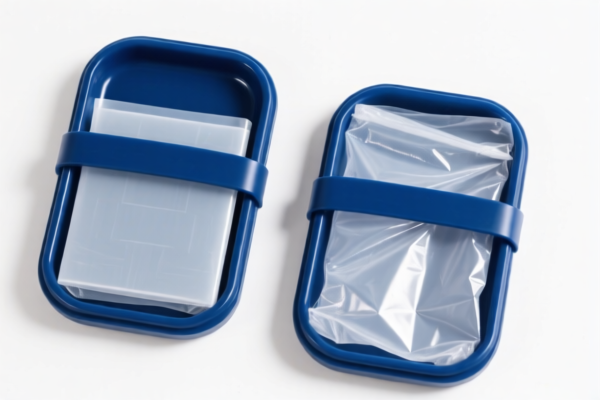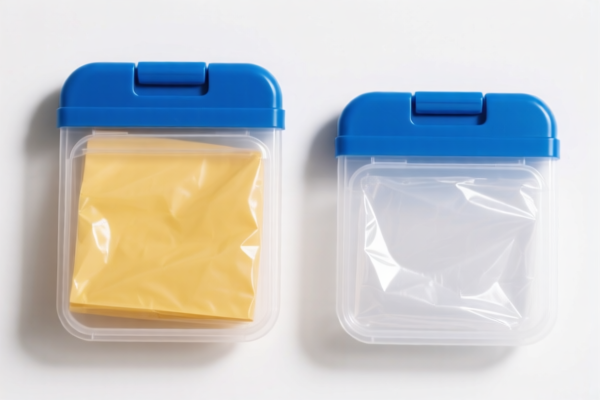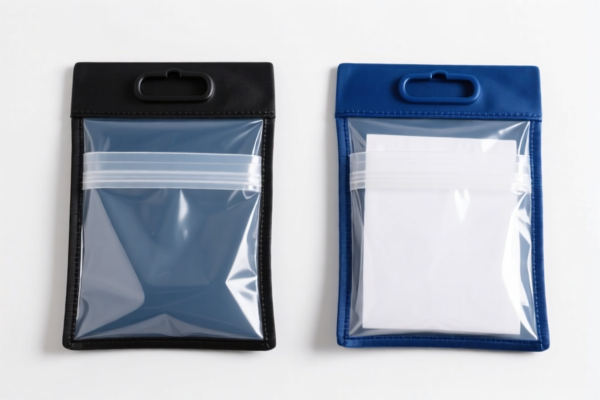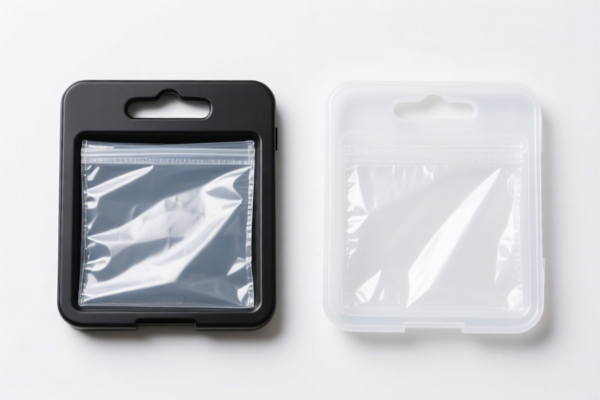| HS Code | Official Doc | Tariff Rate | Origin | Destination | Effective Date |
|---|---|---|---|---|---|
| 9503000071 | Doc | 30.0% | CN | US | 2025-05-12 |
| 9503000090 | Doc | 30.0% | CN | US | 2025-05-12 |
| 7320103000 | Doc | 83.2% | CN | US | 2025-05-12 |
| 7320106060 | Doc | 83.2% | CN | US | 2025-05-12 |
| 8301406060 | Doc | 43.2% | CN | US | 2025-05-12 |
| 8301500000 | Doc | 40.6% | CN | US | 2025-05-12 |
| 8306100000 | Doc | 35.8% | CN | US | 2025-05-12 |
| 8306290000 | Doc | 30.0% | CN | US | 2025-05-12 |
| 6304996020 | Doc | 33.2% | CN | US | 2025-05-12 |
| 6304996040 | Doc | 33.2% | CN | US | 2025-05-12 |
| 9404100000 | Doc | 55.0% | CN | US | 2025-05-12 |
| 9404409036 | Doc | 42.8% | CN | US | 2025-05-12 |
| 8304000000 | Doc | 33.9% | CN | US | 2025-05-12 |




Spring Box
A spring box is a container designed to house and protect coiled springs, typically used in mechanical systems to store and release energy. The specific design and application vary widely, but the core principle remains consistent: containment and controlled release of spring force.
Material
Spring boxes are constructed from a range of materials depending on the application's demands. Common materials include:
- Steel: Provides high strength and durability, suitable for heavy-duty applications. Often used in industrial machinery and automotive components.
- Aluminum: Offers a lighter weight alternative to steel, often employed where weight reduction is critical.
- Plastics (e.g., Polycarbonate, ABS): Used in lower-load applications where corrosion resistance or electrical insulation is important.
- Composites (e.g., Carbon Fiber): Provides a high strength-to-weight ratio, often found in specialized applications like aerospace or racing.
Purpose
The primary purposes of a spring box are:
- Containment: Securely holds coiled springs, preventing them from uncoiling unexpectedly and potentially causing injury or damage.
- Protection: Shields springs from environmental factors like dust, debris, and corrosion.
- Controlled Release: Facilitates the controlled application of spring force, often through a mechanism like a lever, cam, or other actuator.
- Safety: Reduces the risk of injury associated with handling and deploying high-energy springs.
Function
The function of a spring box relies on the elastic potential energy stored within the coiled spring. When a force is applied to compress or extend the spring, energy is stored. This energy is then released when the constraint is removed, driving a mechanical action. The box itself provides a housing and often incorporates a mechanism to manage this release. Key functional aspects include:
- Spring Compression/Extension: The box allows for the controlled compression or extension of the spring.
- Force Transmission: The released spring force is transmitted to an output component, performing work.
- Locking Mechanism: Many spring boxes incorporate a locking mechanism to hold the spring in a compressed or extended state until intentionally released.
- Damping (Optional): Some designs include damping mechanisms to control the speed of spring release, preventing sudden impacts.
Usage Scenarios
Spring boxes are utilized in a diverse array of applications:
- Automotive: Used in suspension systems, clutches, and various actuators.
- Industrial Machinery: Found in presses, stamping machines, and other heavy-duty equipment.
- Door Closers: A common application, utilizing spring force for controlled door closure.
- Traps: Employed in animal traps and other devices requiring a sudden release of energy.
- Toys: Used in various toys to provide mechanical action.
- Firearms: Used in some firearms mechanisms to store and release energy for cycling actions.
- Aerospace: Used in deployment mechanisms and actuators.
Common Types
- Constant Force Spring Boxes: Designed to provide a relatively constant force output over a range of spring deflection.
- Variable Force Spring Boxes: The force output varies with the amount of spring deflection.
- Single-Coil Spring Boxes: House a single, large spring.
- Multi-Coil Spring Boxes: Accommodate multiple springs for increased force capacity.
- Linear Spring Boxes: Designed for linear spring motion.
- Rotary Spring Boxes: Utilize torsional springs for rotary motion.
- Sealed Spring Boxes: Designed to protect the spring from harsh environments.
Based on the provided information, “spring box” can be interpreted in multiple ways, potentially falling under several HS code classifications. Here's a breakdown of relevant codes:
-
7320103000: Springs and leaves for springs, of iron or steel: Leaf springs and leaves therefor: Suitable for motor vehicle suspension: To be used in motor vehicles having a G.V.W. not exceeding
4 metric tons . This code applies specifically to leaf springs used in vehicle suspension systems where the Gross Vehicle Weight (G.V.W.) is under 4 metric tons.- 73: Iron or steel articles.
- 20: Springs and leaves for springs of iron or steel.
- 10: Leaf springs and leaves therefor.
- 30: Suitable for motor vehicle suspension: To be used in motor vehicles having a G.V.W. not exceeding
4 metric tons .
-
7320106060: Springs and leaves for springs, of iron or steel: Leaf springs and leaves therefor: Suitable for motor vehicle suspension: Other Other. This code covers leaf springs for vehicle suspension not meeting the G.V.W. criteria of 7320103000.
- 73: Iron or steel articles.
- 20: Springs and leaves for springs of iron or steel.
- 10: Leaf springs and leaves therefor.
- 60: Suitable for motor vehicle suspension: Other Other.
-
8304000000: Desk-top filing or card-index cabinets, paper trays, paper rests, pen trays, office-stamp stands and similar office or desk equipment and parts thereof, of base metal, other than office furniture of heading 9403. If the “spring box” is used as a component within office or desk equipment (e.g., a spring-loaded mechanism in a pen tray), this code may be applicable.
- 83: Base metal articles.
- 04: Desk-top filing or card-index cabinets, paper trays, etc.
- 00: Desk-top filing or card-index cabinets, paper trays, etc.
-
8301406060: Padlocks and locks (key, combination or electrically operated), of base metal; clasps and frames with clasps, incorporating locks, of base metal; keys and parts of any of the foregoing articles, of base metal: Other locks: Other Other. If the “spring box” functions as a component within a lock mechanism, this code may be relevant.
- 83: Base metal articles.
- 01: Padlocks and locks, etc.
- 40: Other locks.
- 60: Other Other.
Regarding HS code 7320103000 and 7320106060, please note the need to verify the Gross Vehicle Weight (G.V.W.) of the vehicle the springs are intended for. These codes specifically relate to springs used in motor vehicle suspension.
Customer Reviews
No reviews yet.